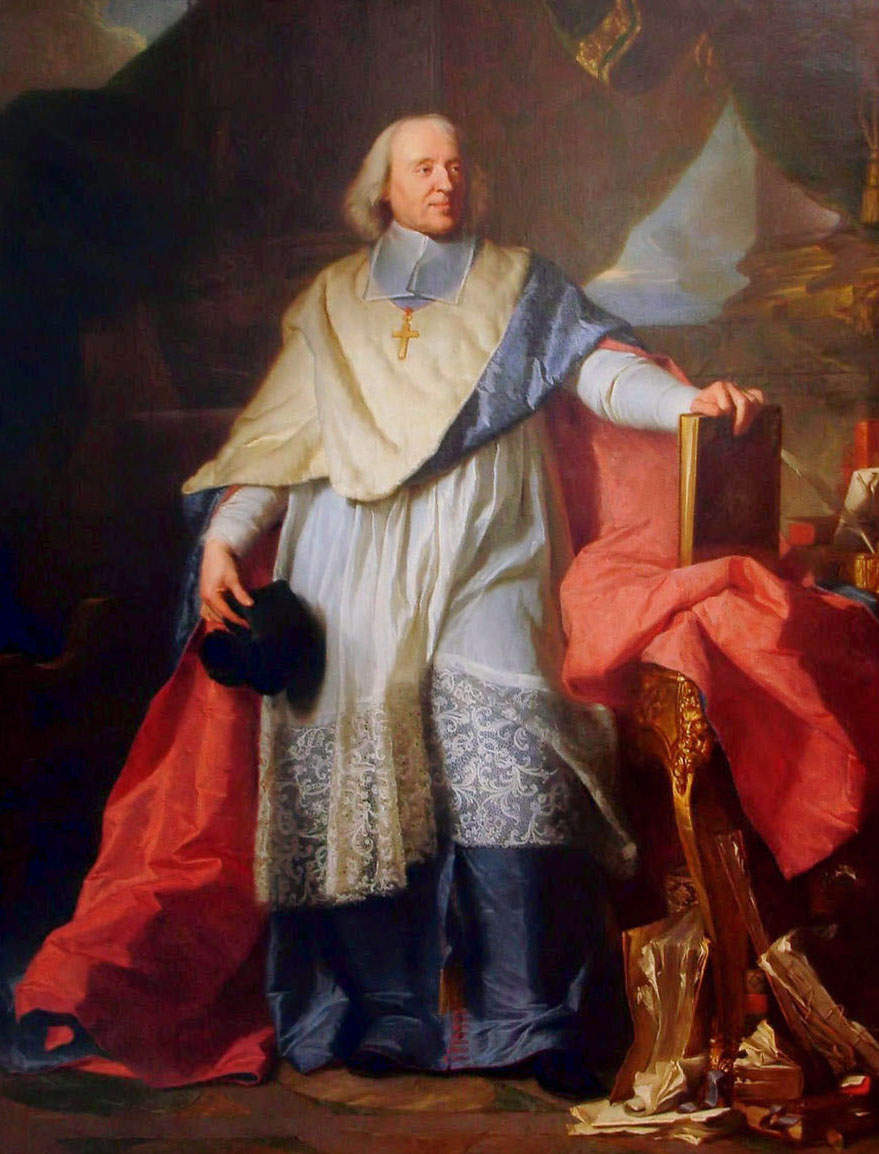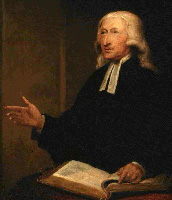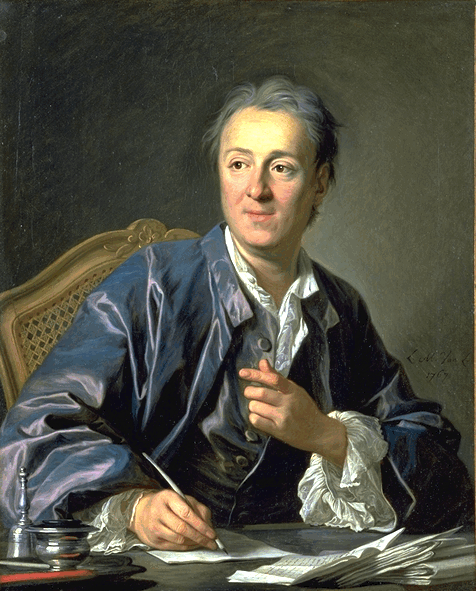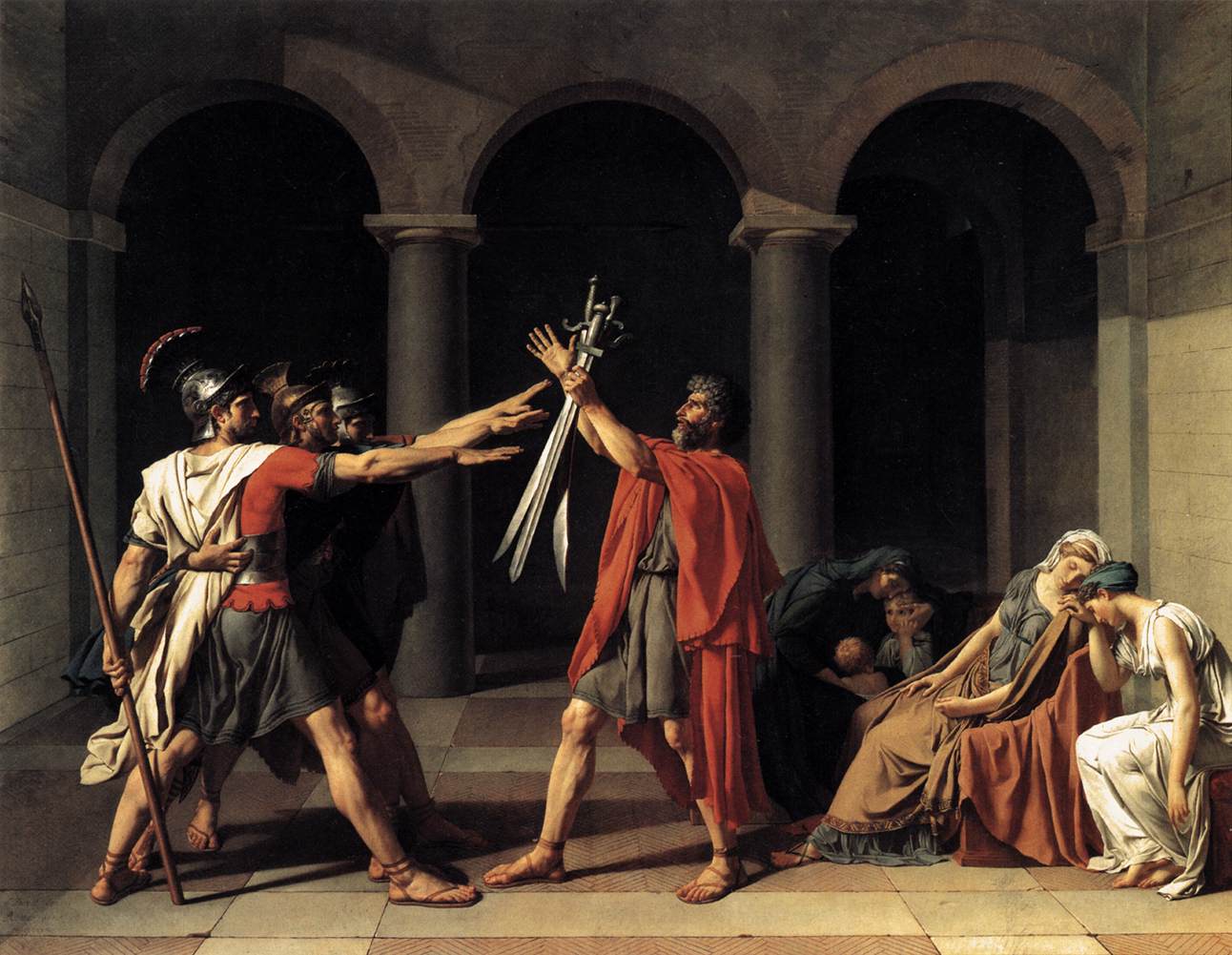Textbook reading: Birn, Chapters 6 & 8. This week we raise another phenomenon that will haunt us for the remainder of the term: the Enlightenment, both as an intellectual and cultural movement and as a force for change in society and politics. First we examine the cultural climate in which the Enlightenment emerged; next we'll track its development through the middle of the eighteenth century, when the movement first came under attack from within. Read and prepare for discussion in class: Voltaire, On Toleration (1763) [Excerpts].
Religion and Authority
I. Discussion: Voltaire, On Toleration (1763)
Image: The Execution of Jean Calas (1762)II. Authority in the Church
A. Transformations in Religion and Society
B. The Ascendance of Secular Power
C. Reassertions of Orthodoxy
1. The Huguenot Diaspora (1685)
2. The Expulsion of the Salzburg Protestants (1731)Map: Religion in the Holy Roman Empire (1618)
Map: “Simultaneous”churches in the Empire (1525-1800)
Chart: A “Simultaneous” Church (Bautzen)Map: Religious Divisions in the Netherlands (1849)
Image: “Peace Admonishes the Churches to Amicability” (1600-1620?)
Image: Onze lieve heer op zolder, Amsterdam (exterior)
Image: Onze lieve heer op zolder, Amsterdam (interior)Image: Johann Philipp von Schönborn, Archbishop of Mainz (1647-1673)
Image: Étienne Charles de Loménie de Brienne (1727-1794), Archbishop of Toulouse (1762-1788) and Sens (1788-1792)
Image: Louis XIV as victor over heresy (after 1685)
Image: The "Dragon-Missionaire" (after 1685)
Map: Religious Exiles in Europe (1531-1732)
Image: The Salzburg Emigrants, 1731III. New Challenges: The Religions of the Heart
A. The Pietist Challenge to Lutheran Orthodoxy in Germany
B. The Jansenist Challenge to French Catholicism
C. Methodist Revivalism in Anglican BritainImage above: John Wesley (1703-1791) by William Hamilton, National Portrait Gallery, London, NPG 317. Image source: Wikipedia Commons
Image: August Hermann Francke (1663-1727)
Image: Cornelius Otto Jansen, Bishop of Ypres (1538-1638)
Image: The Nouvelles Ecclésiastiques (1728-1730)
Image: Le Chretien desabusé sur le sujet de la Grace (Paris, 1701)
Image: The Oxford Methodists (London, 1732)IV. Popular Religiosity in the Century of Enlightenment
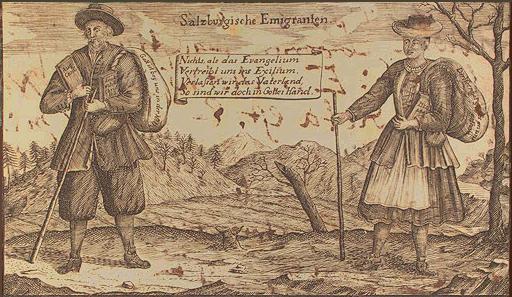
Image: The March of the Salzburg Protestants (1732)
Image: The Benedictine Monastery at Melk (1661)Image top right: Hyacinthe Rigaud (1659-1743), Jacques-Bénigne de Bossuet, Bishop of Meaux. Musée du Louvre, Paris. Image source: Wikipedia Commons. Image above: Protestant exiles from the Bishopric of Salzburg. The text in the central legend box reads: “The New Testament drives us into exile. Even when we leave our homeland, we know that we are in the Lord´s hands”. Image source: pfaenders.com.
